BLADE India launches helicopter service from Bengaluru to Coorg and Kabini
Radhika Bansal
17 Dec 2021
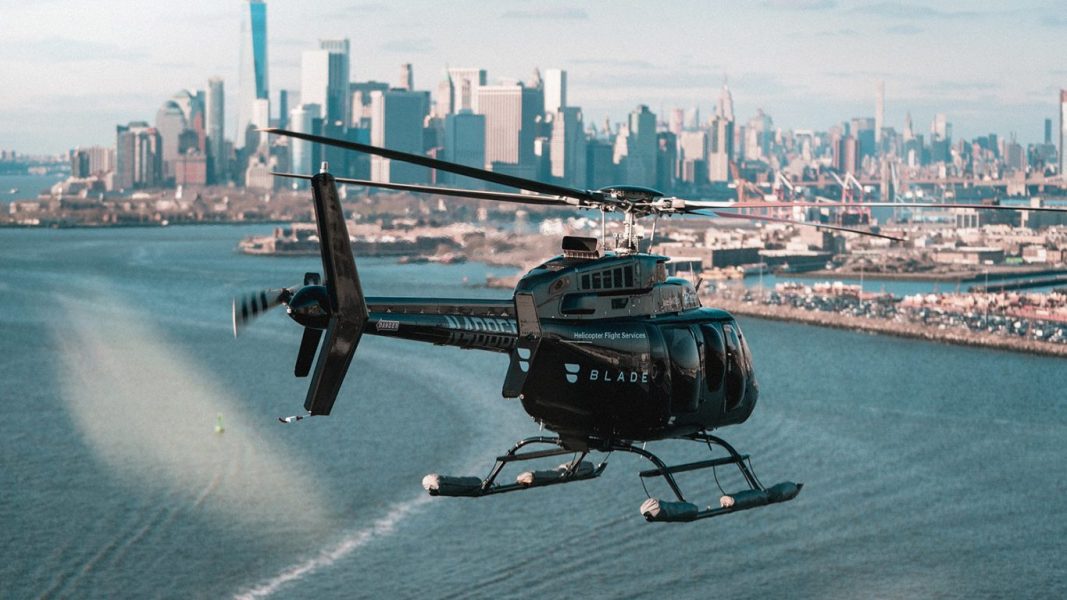
The Indian subsidiary of US-based helicopter transport firm BLADE has launched its scheduled by-the-seat services on Bengaluru-Coorg and Bengaluru-Kabini routes in Karnataka.
BLADE first entered the state in December 2020 with its weekend private charter services. With the launch of the services on the two routes, travel time to the two cities from the state capital will be reduced from 6-7 hours by road at present, the company said in a release.
"Karnataka boasts of some of the most beautiful destinations in the country, however, their accessibility is a pain point. 6-7 hours of road travel from Bangalore eat into the precious time that travellers could otherwise spend enjoying their holiday. BLADE mitigates this pain with an hour's seamless experience." Amit Dutta, MD, BLADE India
BLADE India said it aims to connect congested and inaccessible surface routes in the country through an efficient air transport system and provide an all-around holistic experience through its baggage and ground transfers and partner benefits.
BLADE India said it has tied up with Evolve Back Resorts to enable customers to book their flight and stay at once; land at the property directly in an hour and be more accessible.
"We are excited to partner with BLADE India as they offer Helicopter Transfers from Bangalore to our resorts in Coorg and Kabini. This will give a huge boost to luxury travel in Karnataka and will transform the leisure tourism industry in the months to come."Thomas Emmanuel Ramapuram, Director-Sales, Evolve Back Resorts
BLADE India, a joint venture between BLADE Urban Air Mobility Inc, headquartered in New York, and New Delhi-based venture capital firm Hunch Ventures, started operations in Maharashtra in 2019.
According to the company website, the trip from Jakkur aerodrome in Bengaluru to Coorg costs Rs 16,000 per seat.
Meanwhile, in June 2021, the Karnataka Tourism Department got approval from the Youth and Sports Services department and Airport Authority of India (AII) to use Jakkur aerodrome and five other airstrips for heli-tourism purposes.
The state government was planning to use Jakkur for landing and take-off purposes. The department is also planning a circuit for tourists to take helicopters to Goa, Tamil Nadu, Pondicherry and Kerala.
Read next
From bi-planes and human drones to private jets, these car companies have made it all
Prashant-prabhakar
16 Dec 2021
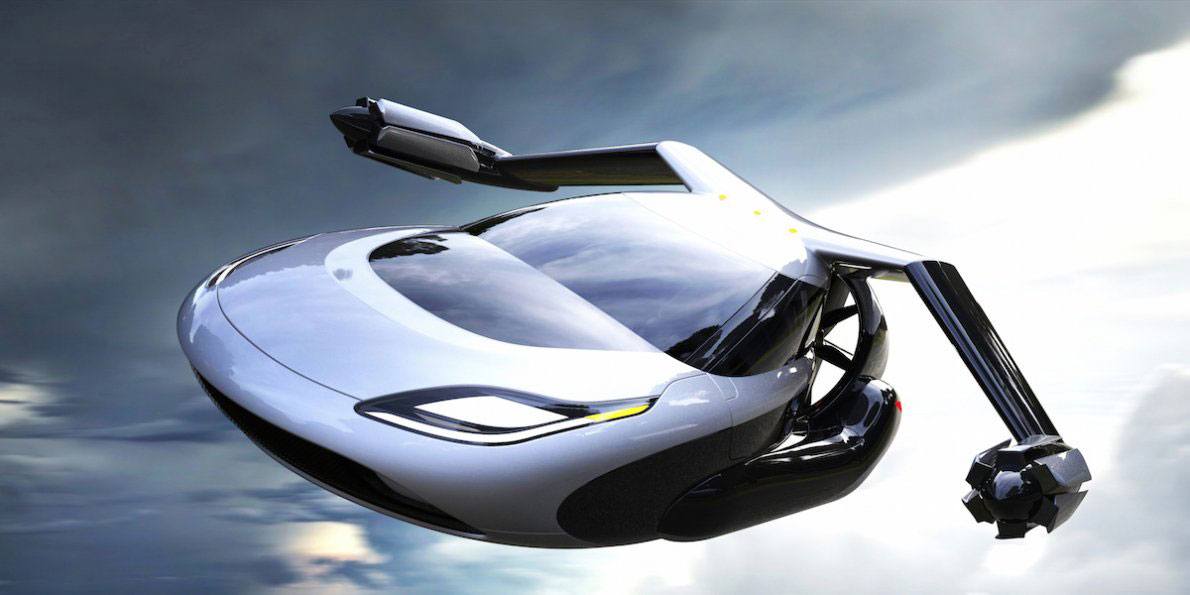
As ironic as it may sound, the many well established automotive companies we see today, have at some point in time, dabbled in aviation. It wasn't until the end of the 19th century though, with the first Model T from an assembly line in 1913, Ford, that the automotive sector actually "took off".
Here's a rundown of 6 such automotive companies that tested their waters in aviation.
1. BMW
Bayerische Motoren Werke AG is a German multinational corporate manufacturer of luxury vehicles and motorcycles.
What many isn't aware, is that the company started as a manufacturer of aircraft engines, which is produced from 1917 until 1918 and again from 1933 to 1945.
HotCars
The most popular engine was the large 41.8-litre engine of which they had demand for over 61,000.
Did you know? Their logo is a picture of their iconic 801 engine on an airplane operated during World War II
Wikipedia
2. Chevrolet
Chevrolet also referred to as "Chevy", is an American automobile division founded by Louis Chevrolet, who had a deep interest in aircraft. He, together with a few other businessmen, developed a four and six-cylinder engine that would go on to be the powerhouse of the Travel Air Biplane in 1929 under the brand name "Chevolair."
HotCars
They would go on to develop the D-333 4-cylinder Engine, which would be used in various aircraft from a monoplane to a seaplane.
3. Ford
Yet another American multinational automobile manufacturer founded by Henry Ford, the company also dabbled in aviation for a brief period between 1925 and 1933.
After having bought the aircraft company, Stot, in 1925, Ford used one of its engines to construct a tri-engine aircraft that could house up to 7 passengers.
"Flivver" was yet another tiny project by the company which, quite unfortunately, didn't sustain for long.
Flivver | nateqnews.com
4. Fiat
Fiat Automobiles is the largest automobile manufacturer in Italy. What isn't well known is "Fiat Aviazione"- an Italian aircraft company that started in 1908.
CR 42 Falco Biplane
The Fiat CR.42 Falco Biplane, the BR.20 bomber and the Harrier jump jet (an early eVTOL aircraft) are some of the accomplishments on Fiat's aviation resume.
BR.20 bomber
Additionally, they have been consultants on the Boeing B747 project as well.
5. Toyota
Founded by Kiichiro Toyoda, Toyota Motor Corporation is a Japanese automobile manufacturer. With no active aircrafts manufactured under their name per se, the company had previously made the TAA-1 a light aircraft prototype made for Japan and the United States.
Toyota TAA-1 | Euroga.org
Very recently, they have joined with Joby Aviation, an eVTOL company based in the US, to unveil a two-person drone capable of taking off vertically.
6. Subaru
Yet another automotive manufacturer based in Japan, founded by Kenji Kita.
Whilst primarily being an automotive company, Subaru's contribution to aviation cannot be understated.
The company has 50 years of experience in defence aircraft, contributing significantly to the Japanese military and Boeing.Subaru has manufactured Subaru Bell 412EPX, entirely on its own. They have had a significant role in the integration of the main wing with the landing gear of the Boeing B767 and B777 series.
Subaru Bell 412EPX | News
Very recently, the company has entered the domain of UAVs as well.
All credits to respective sources
COVER: Tech Explorist
Read next
With the aviation sector on the path of revival following a decrease in the number of Covid cases, Cochin International Airport Ltd (CIAL) is now recording steady traffic growth.
CIAL has registered continuous growth over the last three months around 150 aircraft movement daily. During September-November 2021 the airport logged a passenger traffic growth of 110% compared to the same period in 2020.
(Image Courtesy - The Edition)
As per the airport data, CIAL handled 11,891 aircraft movements in September-November 2021, which is 62% more than the previous period. It also facilitated 6,73,238 international passengers during the three months. The domestic passenger traffic stood at 6,85,817. The cumulative passenger volume is 13,59,055 compared to 6,46,761 during the same period in 2020.
CIAL managing director S Suhas said that the steady growth was due to the company’s effort in making the airport a safe travel hub. “Kochi airport has ensured that there is more connectivity than ever before,” he said.
(Image Courtesy - The News Minute)
The airport witnessed peak traffic with 23,029 passengers and 154 aircraft movements on December 10. This is the highest since the outbreak of the pandemic. CIAL now handles 182 weekly departures to the Middle East alone. It also hosts flights to the UK, Sri Lanka, and Male.
As part of the vigil against Omicron, CIAL has scaled up Covid testing facilities for international arrivals with a capacity for 700 tests at a time, a statement said.
Read next
SpiceJet said on Wednesday, December 15 it has agreed with Canadian aircraft manufacturer De Havilland settle all disputes related to the Q400 turboprop aircraft purchase agreement.
"All related proceedings before the UK court and execution proceedings before the Delhi High Court have been stayed and will be withdrawn upon compliance with the settlement terms," a statement from the airline read.
The case between SpiceJet and De Havilland involves the delivery of 14 Dash 8-400 turboprops that SpiceJet had ordered. As part of the settlement, SpiceJet is expected to have inducted a few of the aircraft from the aforementioned deal to maintain a long-term relationship with the aircraft manufacturer.
In 2017, SpiceJet had signed an agreement with De Havilland for the purchase of 25 Q400 aircraft. It took delivery of five aircraft but failed to make pre-delivery payments for 15 aircraft in the order. It also did not take delivery of three of those planes. Later, the Canadian aircraft manufacturer suspended the contract.
Three years later, De Havilland had filed a case against SpiceJet in a United Kingdom (UK) court stating the budget airline paid and took delivery of five of the 25 aircraft but halted the pre-delivery payment for the remainder of them.
The UK court had in 2021 said De Havilland was entitled to recover USD 42.9 million from SpiceJet and terminate the aircraft purchase agreement. The Canadian aircraft maker had then filed a case in Delhi High court to recover the USD 42.9 million awards.
In a statement, SpiceJet said on Wednesday, "The company is pleased to announce that on December 13, 2021, it has entered into a settlement agreement with the aircraft manufacturer of DHC-8-400 aircraft (De Havilland Aircraft of Canada Limited) wherein the parties have agreed to settle all their disputes under and related to the aircraft purchase agreement and component solution agreement, subject to compliance with the terms of the settlement.
SpiceJet is also battling a liquidation suit filed by Credit Suisse over its failure to pay a Swiss maintenance contractor for services rendered. SpiceJet is challenging Credit Suisse’s right to file the suit and its claim that the Swiss contractor had assigned its rights over the dues to the Swiss financier.
Last month, the LCC also reached a settlement with Boeing over the 32-month grounding of the 737 MAX, acquiring two 777-200ERs from the American planemaker as compensation. This came after three financial years of SpiceJet attempting to claim compensation from Boeing. It remains to be seen how the carrier utilizes the widebodies, whether on long-haul passenger services or cargo operations.
Read next
Nineteen new aircraft stands have become operational at Terminal 1 of the Indira Gandhi International (IGI) airport after the approval of aviation regulator DGCA, the Delhi International Airport Limited (DIAL) said on Wednesday, December 15.
These new stands would be able to handle Code C aircraft, a statement issued by the GMR group-led DIAL noted. Code C aircraft such as A320 and B737 has a wingspan measuring between 24 metres and 36 metres.
While T-1 had 55 parking stands for aircraft before the expansion work under Phase3A of the master plan, the new smart apron will revamp some of the existing structures to make space for 82 slots, including 22 ‘contact’ stands and eight Multiple Apron Ramp Systems (MARS), which can accommodate much larger aircraft.
The apron or the tarmac area of Terminal 1 is being expanded by the DIAL currently. Under the first phase of the expansion, the aforementioned 19 stands have been constructed, the DIAL said. There will be two more phases of the expansion. Before the commencement of the expansion works, Terminal 1 had 55 aircraft stands, the DIAL said.
With the 19 stands becoming operational, the total number of aircraft stands has now increased to 74 at Terminal 1. The new set of aircraft stands will assist in reducing the traffic congestion at the airport, the DIAL said.
The airport operator estimates that with the new smart apron, there will be an estimated reduction in 70kg of CO2 emissions per flight and once the 22 ‘contact’ stands are made operational, a further reduction of 255kg of CO2 emissions per aircraft during the turnaround process for domestic airlines.
“The completion of the first phase of works for the expansion of T1’s new smart apron is another step towards enhancing the infrastructure and passenger experience at the Delhi airport to make it future-ready. The new smart apron will not only facilitate improved passenger experience by improving operational efficiency and safety on the airside but also contribute towards significantly reducing harmful CO2 emissions, underlining DIAL’s commitment to environment-friendly outcomes and initiatives.”I Prabhakara Rao, Deputy Managing Director, GMR Group
"The apron is being built in three phases. In the first phase, 19 out of 82 Code C stands have been constructed. The 19 new stands have become operational after statutory approval from the Directorate General of Civil Aviation (DGCA)," it added.
Read next
Emphasising that the Air India transaction is a ”win-win situation” across the board, Union Civil Aviation Minister Jyotiraditya Scindia on Tuesday, December 14 said taxpayers’ money will now be more justifiably used for many more socially productive purposes rather than filling the deep losses of the airline.
He also said the disinvestment will provide an opportunity for the airline to rise like a phoenix again.
In October, Talace Pvt Ltd, part of the Tata group, emerged as the winning bidder for Air India with a bid worth INR 18,000 crore. It will pay INR 2,700 crore cash and take over INR 15,300 crore of the airline’s debt.
"Shareholders agreement was signed in November. Today, we are in the process of closing all the conditions precedent and I am very confident at the turn of the New Year, you will have the transfer of Air India to its new owner…,” he said.
Scindia was speaking at a session on ’Building India into a Global Civil Aviation Powerhouse’ of Partnership Summit 2021, organised by industry body CII in association with the Department for Promotion of Industry and Internal Trade (DPIIT).
From a company perspective, Scindia said, here is the opportunity for Air India to rise like a phoenix again.
"From a customer-centric point of view, you have got a new company that has come in, which already has a full-service airline and a budget airline and taking over Air India plus Air India Express. The four companies together have the capability of presenting themselves as a very unique proposition… A win-win situation across the board.Before that, an equity infusion of INR 36,000 crore by the government and a current debt portfolio of as we speak of about INR 62,000 crore. All in all, you are talking about an INR 2 lakh crore bill for the singular purpose of being able to run an airline.I believe that if you look at it from every stakeholders’ point of view, this has been a win-win transaction… taxpayers’ money, which I think is more justifiably used for many more socially productive purposes rather than filling the deep losses of a state-run airline."Jyotiraditya Scindia, Union Minister for Civil Aviation
Noting that the government has gone through a very clear iterative process for the disinvestment, Scindia said Air India was pretty much driven into the ground due to many unfounded decisions that were taken earlier and added that he does not want to go back to history.
The navratna company is laden with close to INR 52,000 crore debt infusion, another INR 54,000 crore of government guarantees that makes the total liabilities of INR 1,04,000 crore, he pointed out.
The minister also said that a supportive drone policy is in place that is based on trust.


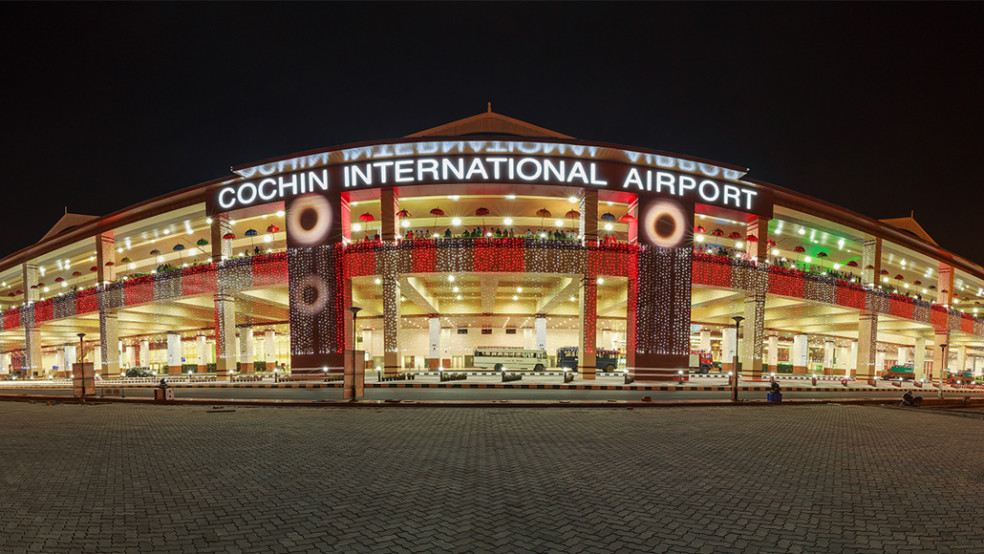
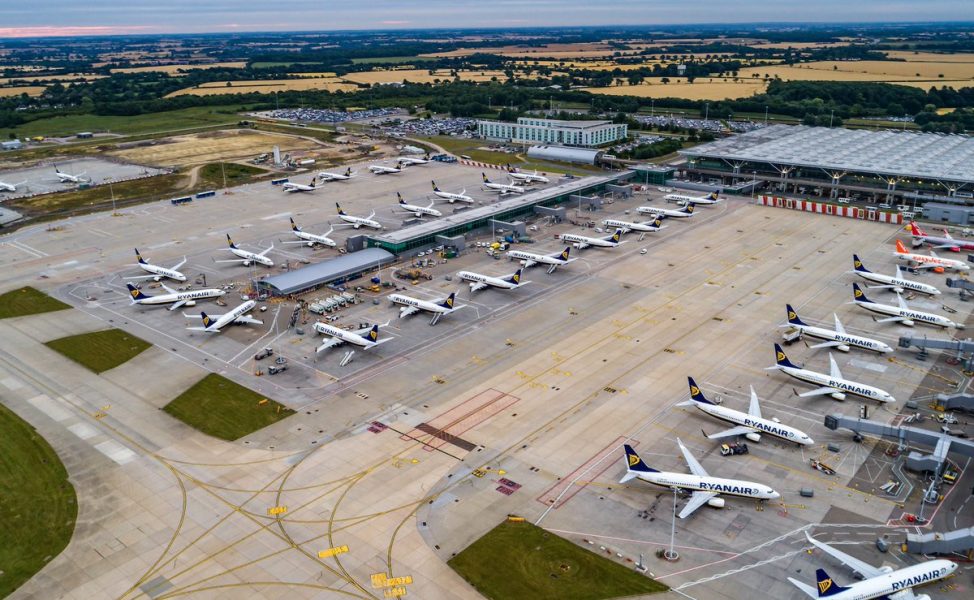
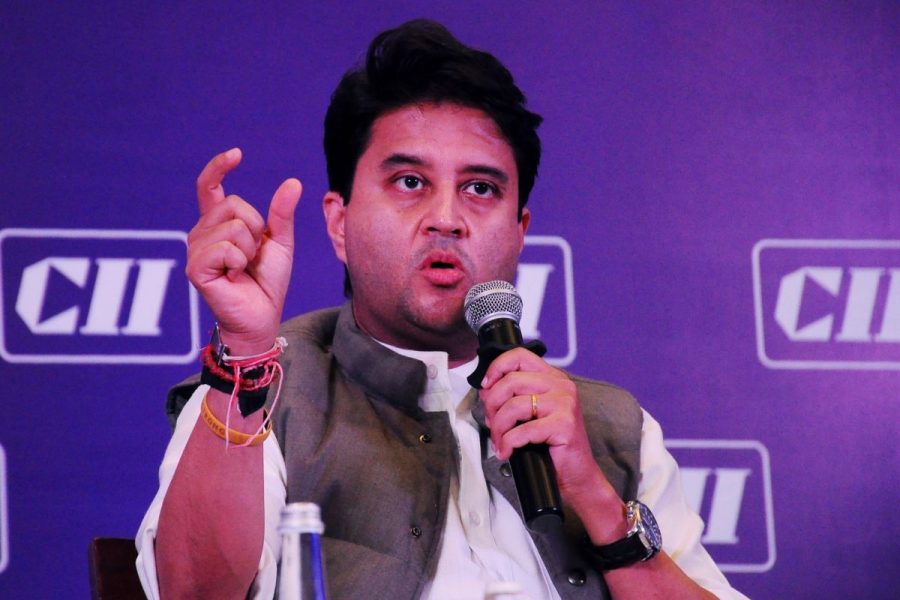
Comment